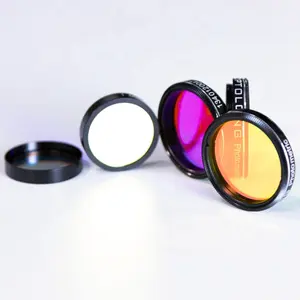Understanding Diffraction Gratings
A diffraction grating is a tool used in the field of optics to disperse light into its component colors or wavelengths. This instrument is pivotal in various scientific applications, including engineering physics and optical analysis. The concept of diffraction from grating is fundamental in understanding how light interacts with structures that have a periodic pattern, such as a diffraction grating.
Types and Applications
There are several types of diffraction gratings, each serving a specific purpose. The plane transmission grating and plane diffraction grating are commonly used in laboratory settings for their ability to accurately measure light spectra. In contrast, a reflection grating is designed to reflect light rather than transmit it, which is useful in certain types of optical devices. The blazed grating, or blazed diffraction grating, is engineered to maximize efficiency in a specific diffraction order, making it highly effective for specific wavelengths.
Features and Materials
The construction of a diffraction grating involves precise engineering. Materials used for optical grating production include glass or metal, with fine lines etched or ruled onto the surface to create the grating effect. The diffraction grating sheet is another form, offering flexibility and ease of use in various applications. The choice of material and the quality of the grating lines are crucial in determining the performance of the grating in diffraction experiments.
Advantages of Using Diffraction Gratings
Utilizing a diffraction grating in physics and scientific research offers several advantages. These gratings provide a high-resolution analysis of light spectra, which is essential for applications such as spectroscopy. The precision of a diffraction grating in physics allows for detailed study of light properties, including the prism diffraction of light, which is a related phenomenon where a prism is used to achieve a similar dispersion effect.
Selecting the Right Diffraction Grating
When choosing a diffraction grating for specific needs, it is important to consider factors such as the grating's line density, efficiency, and the desired spectral range. Whether the application calls for a transmission grating or a reflection grating, understanding the nuances of each type can guide the selection process. For those engaged in diffraction grating engineering physics, the choice of grating can significantly impact the outcomes of their experiments and research.
Conclusion
In summary, a diffraction grating is a sophisticated optical component that plays a critical role in the analysis and manipulation of light. With a variety of types available, each suited to particular applications, these gratings are indispensable tools in the realm of optical science. While Alibaba.com serves as a marketplace to connect buyers with a vast array of suppliers offering these intricate instruments, it is the responsibility of the buyer to assess and select the most appropriate grating for their scientific endeavors.






























 浙公网安备 33010002000092号
浙公网安备 33010002000092号 浙B2-20120091-4
浙B2-20120091-4